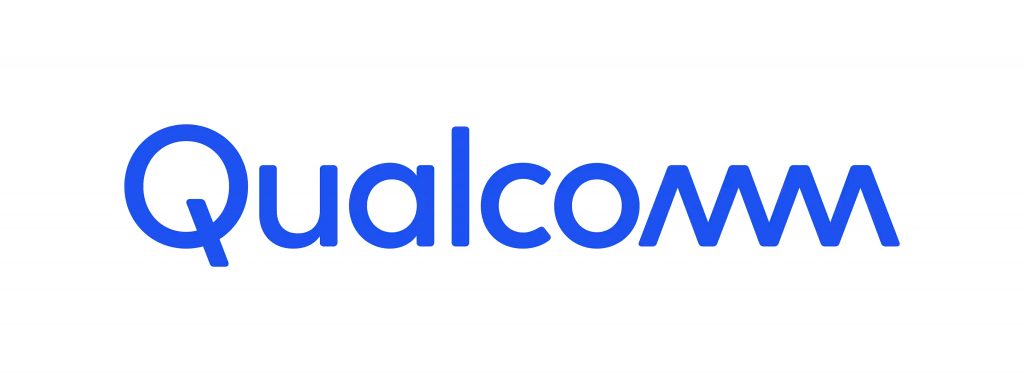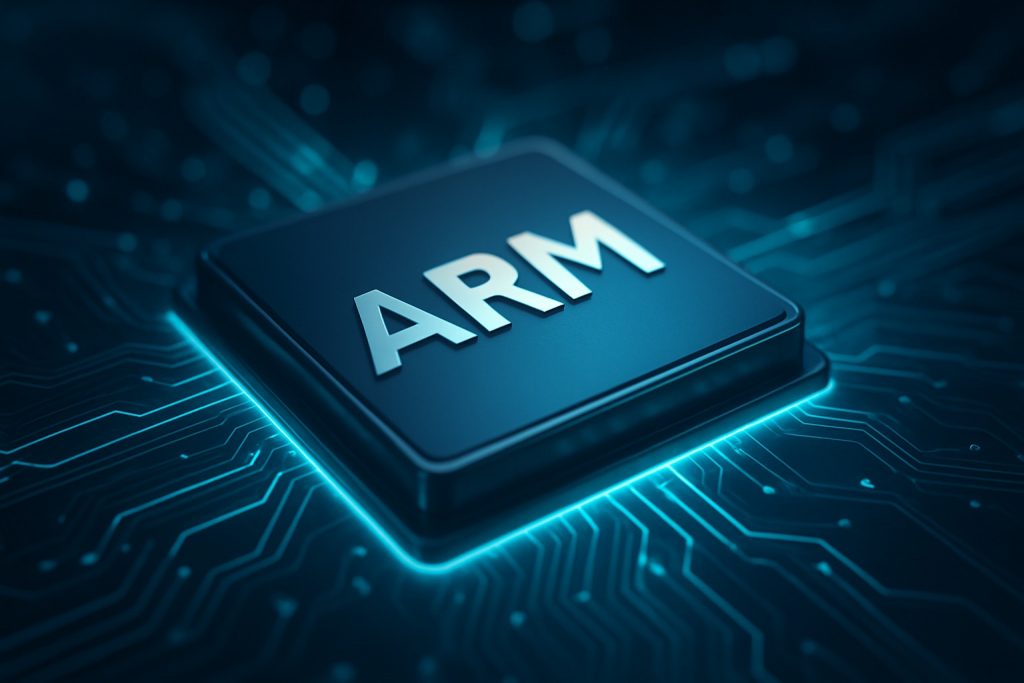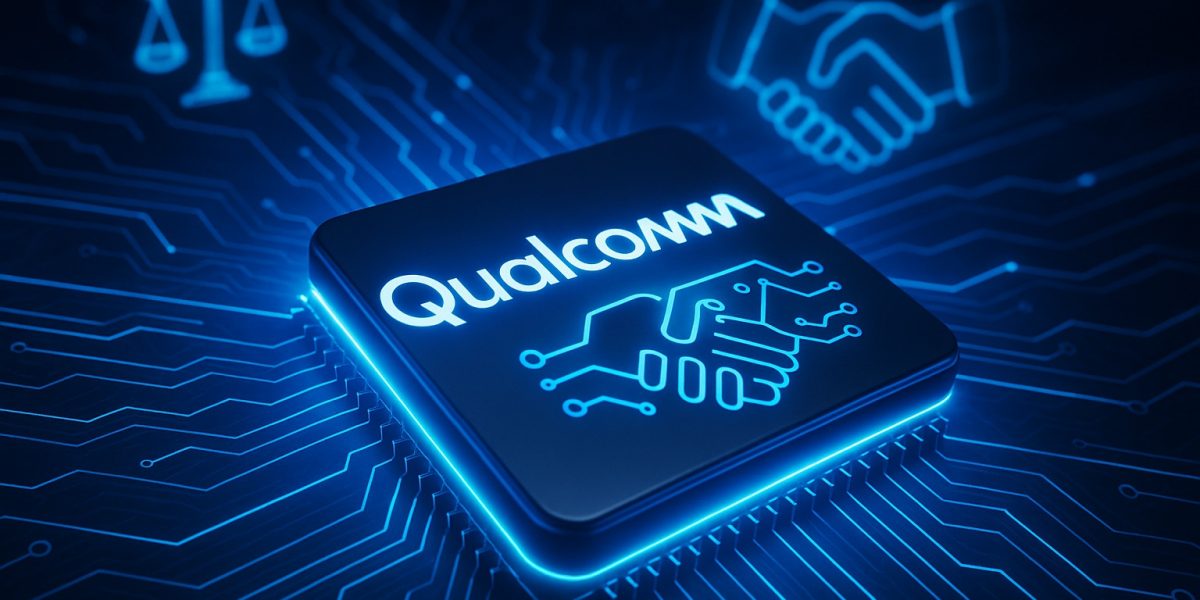Qualcomm just made a significant architectural shift that could reshape the AI-enabled semiconductor landscape. The company has successfully transitioned its flagship processors to Arm Holdings’ ninth-generation computing architecture, a strategic move that arrives at a crucial moment when the chip industry is racing to capitalize on artificial intelligence opportunities.
The timing is notable—this transition comes right after Qualcomm and Arm resolved a contentious legal dispute that threatened their business relationship. Now, both companies are moving forward with technology that could define the next wave of AI-powered devices.

What Arm v9 Actually Brings to the Table
Sources familiar with the situation confirmed that Qualcomm’s latest chips for PCs and smartphones now utilize Arm v9 architecture, which includes specialized enhancements designed to boost performance in AI applications—think chatbots, image generators, and the kind of on-device AI processing that’s becoming standard in premium devices.
This represents a departure from previous chip generations and brings Qualcomm into alignment with competitors MediaTek and Apple, who already implemented the advanced architecture. The move matters because v9 isn’t just an incremental update—it includes instruction sets specifically optimized for the machine learning workloads that modern devices increasingly rely on.
The transition should generate higher licensing revenue for Arm, since the company charges premium rates for its newest technology. Investors certainly think so—Arm’s stock jumped 2% to $144.58 on Tuesday following Reuters’ exclusive report about Qualcomm’s adoption, reflecting optimism about revenue growth.
Legal Victory Clears the Path Forward
This architectural update followed Qualcomm’s complete legal win over Arm in Delaware federal court, which dismissed Arm’s final remaining claim on September 30th. The dispute centered on whether Qualcomm’s 2021 acquisition of chip startup Nuvia for $1.4 billion violated licensing agreements with Arm.
A jury unanimously ruled in December 2024 that Qualcomm didn’t breach its contract with Arm, and the recent court decision affirmed that verdict by rejecting Arm’s request for a new trial. “This case vindicated our right to innovate, and we hope Arm will return to fair and competitive practices regarding the Arm ecosystem,” said Ann Chaplin, Qualcomm’s General Counsel.
Arm stated it intends to appeal the decision, emphasizing it “remains confident in its position” and will promptly file an appeal seeking to overturn the verdict. Meanwhile, a separate lawsuit from Qualcomm against Arm, alleging breach of contract and interference with customer relationships, remains active with a hearing scheduled for March 2026.
The legal background matters because it explains why this architectural transition took so long. While MediaTek and Apple moved to v9 earlier, Qualcomm’s adoption was delayed by uncertainty around whether they’d even maintain access to Arm’s technology. With that question resolved, Qualcomm can finally implement the architecture their competitors have been using.
Intensifying Competition in AI Chip Market
The architectural adoption underscores escalating competition in the AI-enabled processor market as companies strive to differentiate their products across smartphone, PC, and data center segments. MediaTek recently introduced the Dimensity 9500 processor with enhanced AI capabilities to compete more effectively with Qualcomm in the mobile market. The Taiwanese company has even surpassed Qualcomm’s mobile chip market share during certain periods.
While Qualcomm declined to disclose which technologies their latest chips employ, the company emphasized its selective approach to innovation. “We choose the instructions that matter to our customers. That’s the advantage of having our own CPU design team—we can select the instructions that truly add value,” Qualcomm stated.
This selective implementation approach differentiates Qualcomm from companies that simply adopt Arm’s reference designs wholesale. By maintaining custom CPU design capabilities, Qualcomm can pick which v9 features to implement based on customer needs rather than accepting everything Arm provides. This matters for performance optimization and power efficiency—two critical factors in mobile devices where every milliwatt counts.
What This Means for the Semiconductor Industry
The semiconductor industry is experiencing unprecedented growth driven by AI demand, with chip sales related to AI expected to exceed $150 billion by 2025, representing over 20% of all chip sales. This growth creates opportunities for companies that can successfully integrate advanced AI capabilities into their processors while managing complex licensing relationships and competitive pressures.
Real-World Impact for Consumers:
For smartphone and PC buyers, Qualcomm’s v9 adoption should translate into:
- Faster on-device AI processing: Image generation, voice assistants, and real-time translation happening locally rather than requiring cloud connections
- Better battery efficiency: v9’s architectural improvements enable more AI processing per watt consumed
- Enhanced camera capabilities: Computational photography features that leverage AI for better low-light performance, subject detection, and image enhancement
- Improved gaming performance: AI-assisted frame generation and upscaling technologies similar to what discrete GPUs offer
The transition also validates Arm’s strategy of charging premium licensing fees for v9. If major players like Qualcomm are willing to pay those higher rates, it suggests the architectural improvements deliver genuine value rather than just marketing differentiation.

The Bigger Picture: Arm Ecosystem Dynamics
Qualcomm’s relationship with Arm represents one of the most important partnerships in mobile computing. Qualcomm designs custom CPU cores but licenses the underlying instruction set architecture from Arm. This arrangement gives Qualcomm flexibility to optimize for specific workloads while benefiting from Arm’s ecosystem—the vast library of software already compiled for Arm processors.
The Nuvia acquisition complicated this relationship because Nuvia had separate licensing agreements with Arm before Qualcomm purchased the company. Arm argued those licenses didn’t transfer with the acquisition, while Qualcomm maintained they acquired valid rights to the technology. The jury sided with Qualcomm, but Arm’s appeal means this saga isn’t completely finished.
Despite ongoing legal maneuvering, both companies have business incentives to maintain their relationship. Qualcomm needs Arm’s architecture to compete effectively in mobile markets. Arm needs Qualcomm’s massive volume to justify continued investment in architecture development. The v9 adoption suggests both sides recognize these mutual dependencies despite their legal disputes.
Looking Ahead
The transition to v9 positions Qualcomm to compete more effectively as AI capabilities become standard expectations rather than premium features. With MediaTek already shipping v9-based chips and Apple’s custom ARM-based processors incorporating similar capabilities, Qualcomm couldn’t afford to remain on older architectures without risking competitive disadvantage.
The March 2026 hearing for Qualcomm’s countersuit against Arm will provide the next chapter in their complicated relationship. Regardless of how that litigation resolves, the technical reality is clear: Qualcomm is now building flagship processors on Arm’s latest architecture, enabling the AI features consumers increasingly expect from premium devices.
For the broader industry, this represents another data point in the ongoing shift toward AI-optimized silicon. Companies that successfully integrate advanced AI capabilities while managing licensing complexities and competitive pressures will capture the growth opportunities this $150+ billion market creates. Qualcomm’s v9 adoption demonstrates they intend to be among those winners, legal complications notwithstanding.




Post a comment